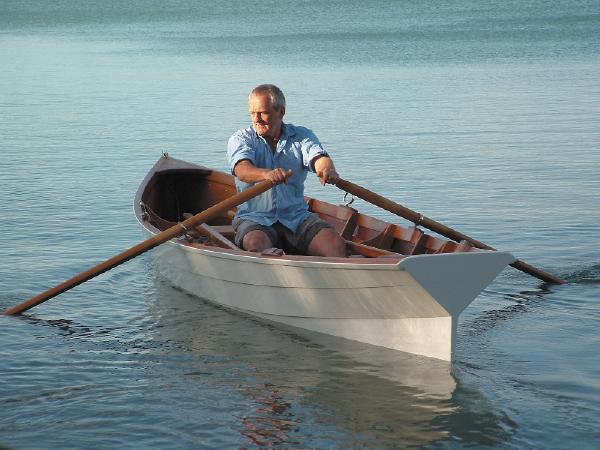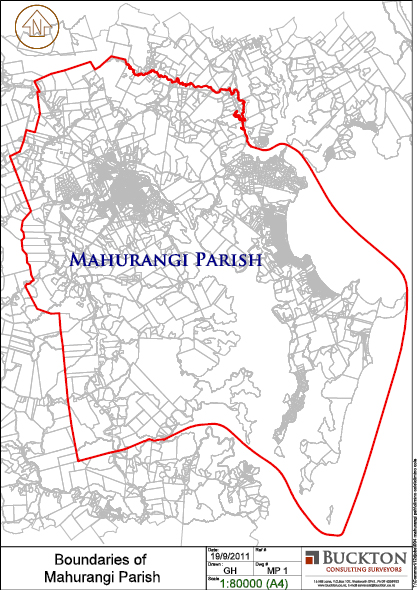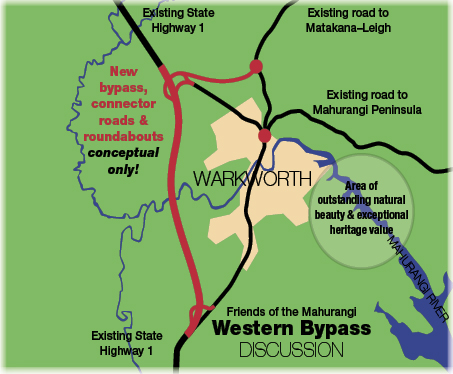Visitor strategy vision more of a mission
As visions go, it is less than galvanising.

Vision of a Revival: The dream of a fleet of Mahurangi punts available for hire at Warkworth is shared by all who are captivated by the sublime elegance of these once ubiquitous utilitarian craft. The ultimate way for visitors to enjoy the Mahurangi River, slowly. image Mahurangi Magazine 2007
It presumably is not intended to form part of any promotional material for the area. Aside from being bland, the 58-word vision statement set out in the draft Pūhoi to Pakiri Region Visitor Strategy 2012–2017 could apply to almost anywhere in the world that boasted a less than homogeneous landscape and a bit of coastline:
The region provides visitor and resident experiences that draw on a unique mix of landscapes, coastline, world-class amenities, lifestyle and heritage. Future development of tourism will focus on enhancing visitor yield in a way that supports sustainable economic development, and does not degrade community quality of life. The future planning of tourism will be underpinned with timely research.
The Mahurangi Magazine’s rough offering may fail as a mission statement, and as a vision, but at least the place names would speak to visitor and local alike:
To mariners, it is that harbourscape of outstanding natural beauty, Mahurangi, and the string of beaches, cliffs and coves that form Kawau Bay, all overseen by Mount Tamahunga. Pūhoi to Pakiri is just north, but a million miles from the metropolis. And at the heart of its hospitality are the vineyards of Matakana.
However, as explained in its introduction, the vision statement is presented to guide the focus of the visitor strategy, and:
is based on the dominant themes that have emerged from the community, business and tourism research conducted since mid 2010.
Setting aside the question as to whether it is a compelling vision, or whether in fact the statement is more of a mission, the draft visitor strategy is refreshingly decisive in its recommended actions:
- Formation of Pūhoi to Pakiri Incorporated
- Develop a regional website
- Building community interaction
- Enhance service quality across the region
- Optimise outcomes from events
- Grow the visitor experience through networking
- Building community input and outreach
- Infrastructure review
- Slow tourism
- Rapid response plan
- Ongoing research

More than the Catchment: Property titles bearing the surveying district named Mahurangi Parish, reflect the fact that Mahurangi once meant a much larger area than the harbour of that name. Mahurangi Parish, indeed, would have made a charming and authentic name for the wine district, which largely falls within it. map Buckton Consulting Surveyors
As discussed in Pakiri–Pūhoi Naming Rites and elsewhere, historic and recent failures to address the naming of local government divisions have provided the visitor strategy with an additional difficulty.
Number one then, on this list of actions, the Mahurangi Magazine suggests, should be to adopt an interim name for the society and website, and initiate a community discussion of potential long-term names. The draft document suggests:
perhaps there is something to be said for retaining the term Pūhoi to Pakiri and allowing the linked local brands to speak for themselves.
The difficulty with this approach is that the temporary has a tendency to endure, with a serious risk that the area could be branded, half-heartedly as Pūhoi to Pakiri in perpetuity. This is exactly what has happened immediately to the south of Pūhoi, with Hibiscus Coast. Conceived by local business people in the 1960s as a means of marketing the Silverdale to Waiwera area, it was only ever weakly embraced. Now the name is locked in by official names, including the Hibiscus Coast Highway. While the draft strategy is at pains to point out that it is not intended to be a branding exercise, it could easily have that effect. Only by adopting a descriptive name, such as Just North, can this trap be avoided.
Because an interim name must be used, Tamahunga has the virtue of having strong geographic and historical credentials, should it endure. Further, by using a name that is non-parochial, it provides a neutral point at which to start discussion in the community. Mahurangi–Matakana, however, fails the neutrality test. But it does have the benefit of including Matakana, which is clearly the most commercially valuable label currently connected to the area, should Mahurangi–Matakana endure.
Meanwhile, if the interim name is to be Pūhoi to Pakiri, Pūhoi must be accorded the dignity of a macronised u, to draw attention to the long vowel that so beautifully softens the name.
Formation of Pūhoi to Pakiri Incorporated
Included in this action is a recommendation to appoint a regional coordinator of tourism. The Mahurangi Magazine urges that the coordinator’s first task be, as part of engaging the community in the visitor strategy, to facilitate a leisurely and dignified discussion to determine what name, or combination of names, be adopted for the incorporated society and for the website. As suggested earlier, rather than be seen as a cost in establishing the society, the need for consultation on the name should be seen as an opportunity to get buy-in to the initiative, and to sign up subscribers. The exercise, realistically, could pay for itself.
Develop a regional website
The Mahurangi Magazine makes two suggestions regarding the proposed website. Firstly, that the society be flexible in regard to the name of the website, at least while the community discussion of a name for the initiative is taking place. It is a trivial matter to redirect traffic to a new domain name if, as a result of the discourse, a preference emerges for another name.
Secondly, that the website should strive to avoid being insular. It should, for example, display connections to areas beyond Pakiri—the coastal route to Northland.
Building community interaction
Again, build community interaction by facilitating discussion about the best name or names for the initiative.
Optimise outcomes from events
The Mahurangi Regatta is a regional-scale event and one that showcases the historic link between Mahurangi and the Waitematā. With Auckland Council marketing Auckland Anniversary weekend as a reason to visit Auckland, as opposed to leave it, the traditional Night Race to Mahurangi makes legitimate the claim: Auckland Anniversary weekend starts here!
Grow the visitor experience through networking
This section views trails in a rather too limited fashion. See 9 Slow tourism

Bypassing the Bottleneck: The need to build a bypass to the west of Warkworth has long been accepted by the community, including to free-up flows to and from the popular Matakana area. It could be operational in 2012, rather than in 2022, thanks to the New Zealand Transport Agencys archaic preoccupation with motorway construction. concept plan Mahurangi Bulletin 2006
Infrastructure review
This section is strongly car centric and, the Mahurangi Magazine argues, misses the green growth bus. More motorways, rather than adding to the appeal of the area, will funnel visitors away. See 9 Slow tourism
Slow tourism
The future gateway to the area from the city is the epitome of slow tourism. A 10-kilometre coastal trail through regional park, will link visitors to Auckland’s public transport system at the spa town of Waiwera. This in turn will make for a viable Mahurangi River ferry service—one almost became established but failed, in large part due to the lack of a supportive visitor network.
Conclusion
The lack of a pre-existent name for the Pakiri–Pūhoi area has made the establishment of an organisation and a website more of a mission than would otherwise have been the case. But because any name chosen has the potential, for better or worse, to brand the area long term, a thoughtful and unhurried approach is merited.
As an interim title, Just North may just do it.
Mandate for feedback Any mandate the Mahurangi Magazine may have for its feedback to the Pūhoi to Pakiri Region Visitor Strategy 2012–2017 is merely that which can be divined from the magazine’s assurance that it is constantly and acutely mindful of its need to do justice to the readers who paid the site more than 4000 visits* in the past month.
*Visits are defined as:
The first time someone views a page on a site, a visit is started. Any other pages viewed by that visitor will not be counted as a separate visit until the visit times out (usually after 30 minutes). The visit ends at this timeout point.
Hits, the term often used to boast about a site’s popularity, is practically meaningless—more than 117 016 last month!
Draft Pūhoi to Pakiri Region Visitor Strategy 2012–2017
Summary of Findings, Pūhoi to Pakiri Area Visitor Strategy Research Programme: Visitor, Business and Community Surveys
For further details on the Pūhoi–Pakiri visitor strategy, email Carolyn Deuchar at New Zealand Tourism Research Institute or phone + 64 9 921 9999 extension 8892.
